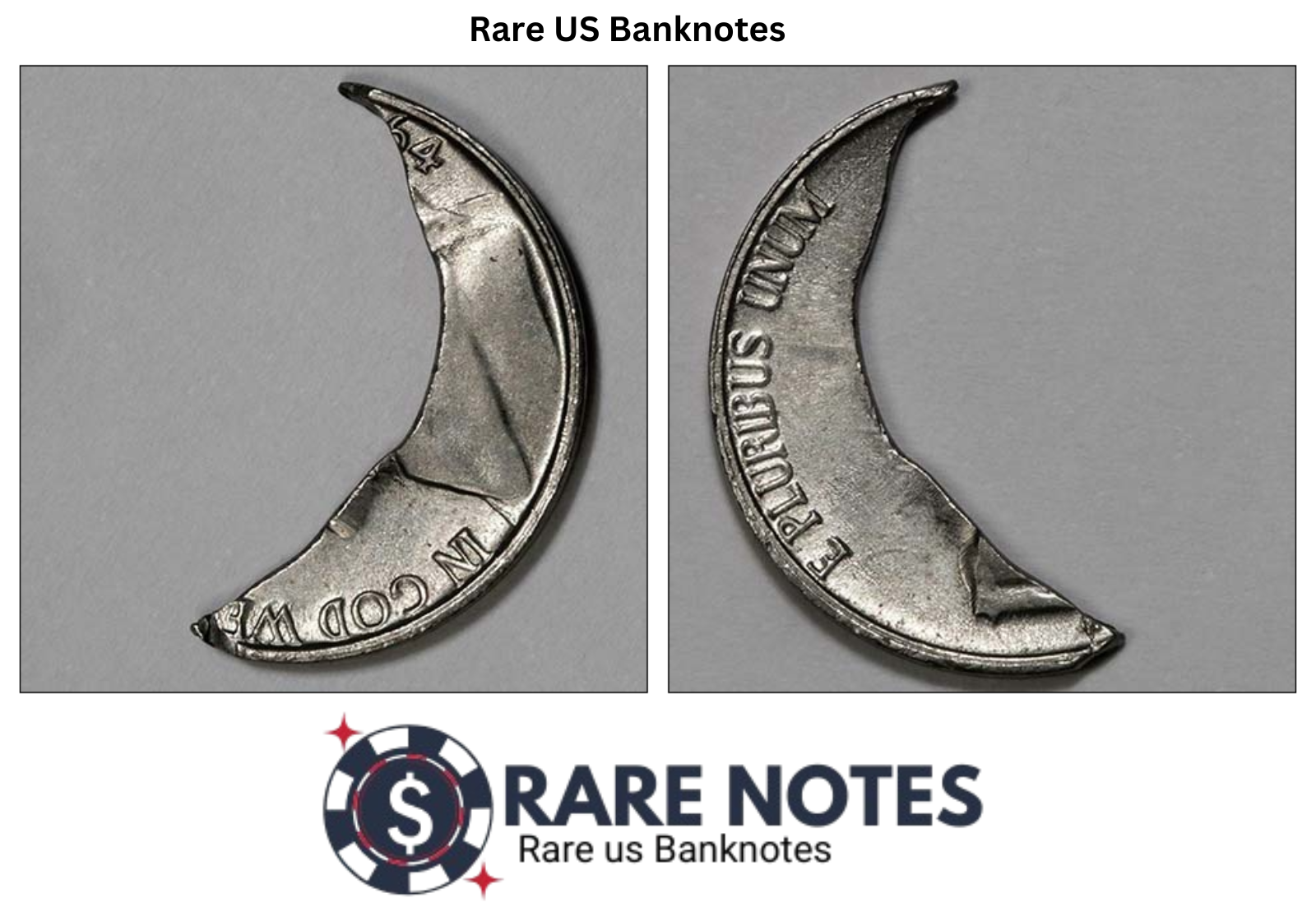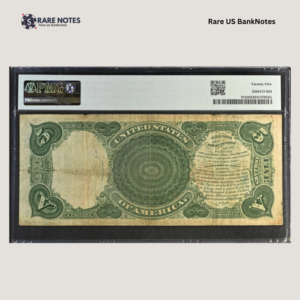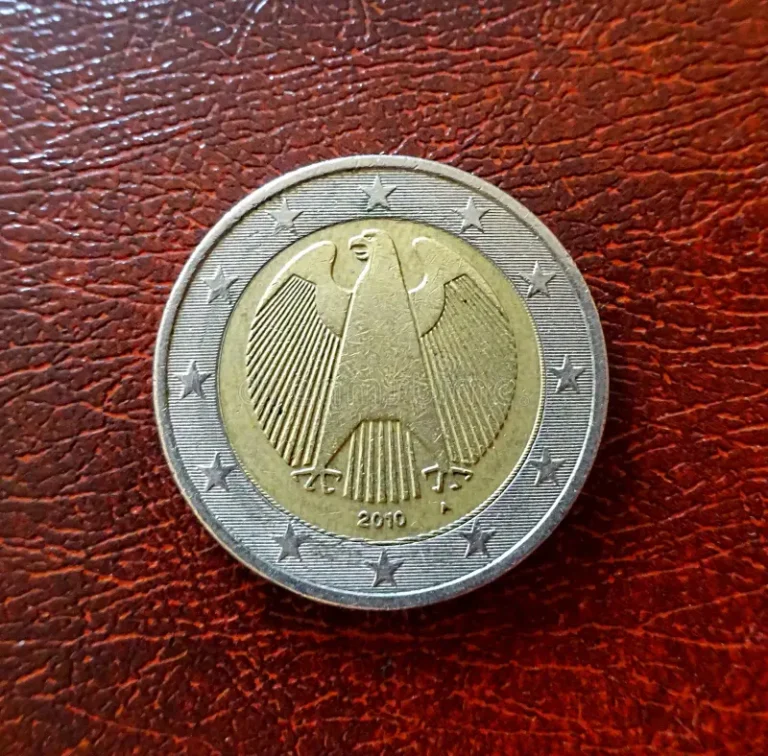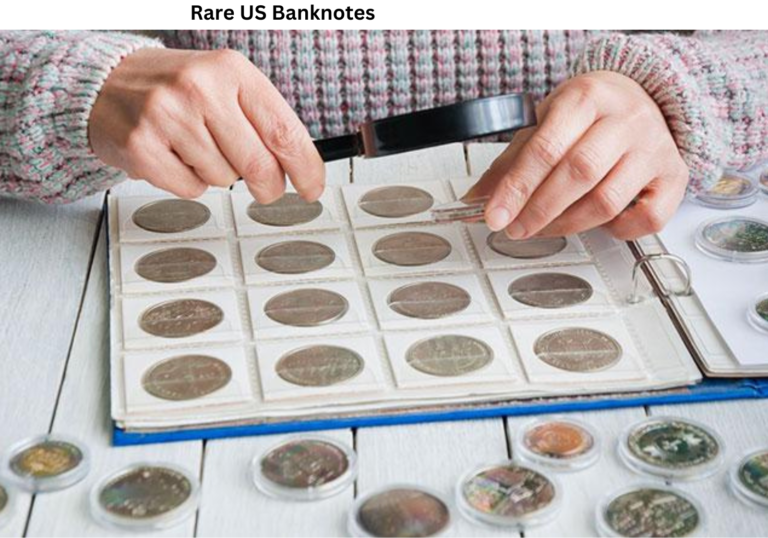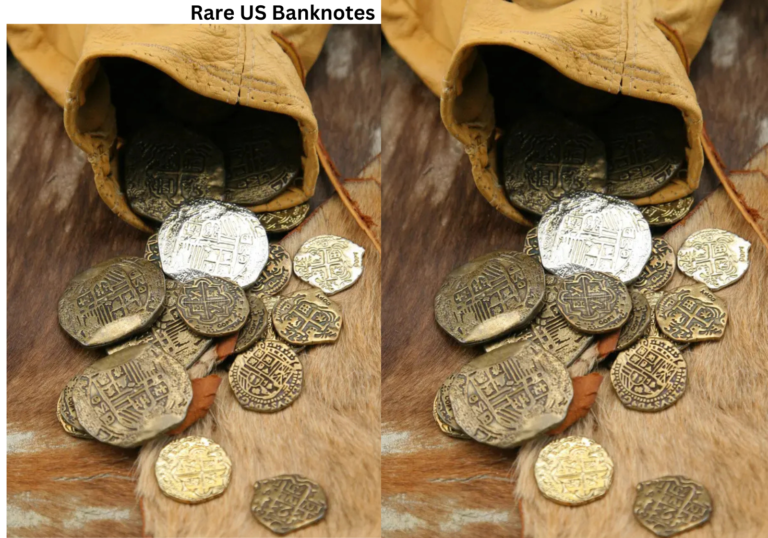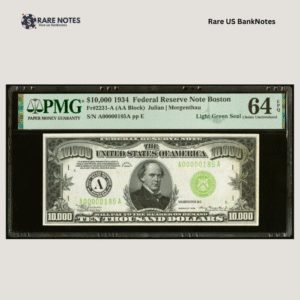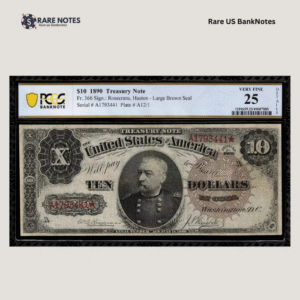Clipped Planchets: A Comprehensive Guide to Identifying this Fascinating Coin Error
Coin collecting is a journey of discovery, the Clipped Planchets are filled with opportunities to learn about history, art, and the fascinating world of minting variations. Among the many types of minting errors, the “clipped planchet” stands out as a visually distinct and highly collectible anomaly. This comprehensive guide will delve into the details of clipped planchets, explaining their formation, identification, factors affecting their value, and tips for collectors.
What is a Clipped Planchet?
A clipped planchet error occurs when a coin is struck on a planchet (the blank metal disc) that is incomplete or misshapen. The most common form of this error arises when a blank is improperly punched from the metal sheet during the initial stages of coin production. Unlike errors that occur during the striking process itself, clipped planchets originate from a defect in the preparation of the planchet.
The Formation of Clipped Planchets: A Step-by-Step Look
To fully understand how a clipped planchet comes to be, it’s essential to examine the blanking process:
- Metal Sheet Preparation: Coin production begins with large sheets of metal of the correct composition and thickness.
- Blanking Process: Blanks are punched from these sheets using a blanking die. This die is designed to punch out circular planchets, which will eventually become coins.
- The Error Occurs: A clip error occurs if the blanking die doesn’t fully punch out a blank. This can happen for various reasons, such as misalignment of the die, improper feeding of the metal sheet, or mechanical issues with the punching equipment.
- Subsequent Strikes: The strip is moved forward to punch new blanks, and this can cause a clipping error if the initial incomplete blank is advanced. This results in a planchet with a missing portion, typically a curved or semi-circular section.
- Coin Striking: The clipped planchet then proceeds through the minting process, where it is struck by the coin dies, impressing the design onto the irregular planchet.
Identifying Clipped Planchets: Key Characteristics
Identifying a clipped planchet involves careful examination and attention to specific details:
- The Missing Section: The most obvious characteristic is a missing portion of the coin, which is usually curved or semi-circular. This “clip” can vary in size and shape.
- Blakesley Effect: The Blakesley Effect may be evident. This effect refers to a weakening or absence of the rim opposite the clip. The clip interferes with the upsetting mill’s ability to fully form the rim in that area. The upsetting mill is responsible for raising the rim on the planchet before it is struck by the coin dies.
- Consistent Metal Composition: It’s important to verify that the metal composition within the clipped area is consistent with the rest of the coin. This helps to differentiate a genuine clipped planchet from post-mint damage where a portion of the coin has been intentionally removed.
- Smooth Edges: The edges of the clip should be relatively smooth, as they were created during the blanking process. Sharply cut or jagged edges might indicate post-mint damage.
- Size and Shape: Clipped planchets can exhibit a wide variety of clip sizes and shapes. Some may have small, almost unnoticeable clips, while others can have large, dramatic missing sections. The shape is most often curved but can occasionally be straighter.
Factors Influencing the Value of Clipped Planchets
The value of a clipped planchet, like any error coin, depends on several factors:
- Size and Severity of the Clip: Larger and more dramatic clips generally command higher premiums. A coin with a significant portion missing is more visually striking and sought after by collectors.
- Coin Type and Rarity: The type of coin on which the error occurs influences its value. Clipped planchets on rare or historically significant coins are typically worth more than those on common coins.
- Condition: The condition of the coin is a critical factor. Well-preserved clipped planchets with minimal wear are more desirable and valuable.
- Eye Appeal: The overall aesthetic appeal of the coin plays a role. A well-struck coin with a visually interesting clip will be more attractive to collectors.
- Market Demand: Market trends and collector demand also affect the price. Popular coin series or error types tend to command higher prices.
Tips for Collectors of Clipped Planchets
- Educate Yourself: Knowledge is key in coin collecting. Research clipped planchets, learn about their formation, and study examples to become familiar with their characteristics.
- Invest in Magnification: A good quality magnifying glass or a digital microscope is essential for examining coins closely and identifying subtle details. A digital microscope with 1000x magnification capabilities can be beneficial .
- Buy from Reputable Sources: Purchase coins from trusted dealers or reputable auction houses to avoid counterfeit or altered coins . Working with professional coin grading services like PCGS or NGC can help ensure authenticity .
- Handle Coins with Care: Always handle coins with care to avoid damage. Use gloves or hold the coin by its edges.
- Store Coins Properly: Store your coins in appropriate holders or albums to protect them from environmental damage and physical wear .
- Consult Price Guides and Auction Records: Use price guides and auction records to get an idea of the current market values of clipped planchets.
- Network with Other Collectors: Join coin clubs or online forums to connect with other collectors, share knowledge, and learn from their experiences.
Clipped Planchets vs. Post-Mint Damage
One of the key challenges in collecting error coins is distinguishing genuine mint errors from post-mint damage. It’s crucial to differentiate a clipped planchet from a coin that has been intentionally or accidentally damaged after leaving the mint.
Here are some tips for distinguishing between a clipped planchet and post-mint damage:
- Sharp vs. Smooth Edges: Clipped planchets typically have smooth edges on the missing section because the clip occurred during the blanking process. Post-mint damage, on the other hand, often results in sharp or jagged edges.
- Metal Consistency: Verify that the metal composition within the clipped area is consistent with the rest of the coin. If a portion of the coin has been removed after minting, there may be differences in the metal’s appearance or texture.
- Rim Integrity: Examine the rim opposite the clip. The presence of the Blakesley Effect (a weakened or missing rim) supports the authenticity of a clipped planchet.
- Microscopic Examination: Use a high-powered microscope to examine the edges of the clip for signs of tool marks or other evidence of alteration.
Conclusion
Clipped planchets are a fascinating and collectible type of minting error that offer a glimpse into the coin production process. By understanding how these errors occur, how to identify them, and the factors that influence their value, collectors can appreciate these unique coins and add them to their collections with confidence. Whether you are a seasoned numismatist or just starting out, the world of clipped planchets offers a rewarding and educational collecting experience.


